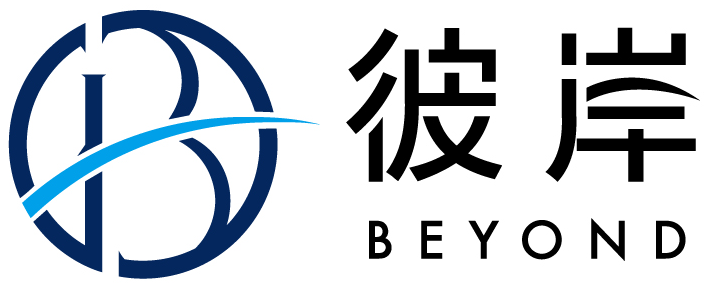If you’ve been following tech news, you might have heard about the Cyberspace Administration of China (CAC) stirring up the tech world with a new draft regulation. It’s all about putting a tighter leash on AI-generated content—think texts, images, and videos whipped up by smart algorithms.
Until October 14, 2024, they’re gathering thoughts and feedback from the public. So, what’s this all about, and why does it matter? Let’s break it down.
What’s the Big Deal with AI-Generated Content?
AI-generated content isn’t new, but it’s getting so good that it’s sometimes hard to tell it apart from stuff made by humans. This raises a bunch of issues, especially around misinformation and security. China’s stepping in to make sure everyone knows when they’re looking at AI-created content.
Key Points of the Draft Regulation
Under the new rules, any platform that lets you download, copy, or share AI-generated content has to slap a label on it. It’s like a heads-up that what you’re seeing or hearing might not be all it seems.
But it’s not just about slapping a label on it. Platforms have to incorporate ways to let people know if something’s been AI-generated, right at the point of sharing or downloading. They’re putting the onus on content providers to keep things transparent.
Implications for Internet Information Service Providers
This isn’t just a small tweak in policy; it’s a major shift that requires platforms to embed new functions. Think about the tech overhaul and the coding marathons needed to ensure every piece of AI-generated content is flagged correctly.
For big players, this might be just another day at the office, but smaller platforms could feel the heat. They need to ensure compliance without the massive resources that giants like Baidu or Tencent might throw at the problem.
What This Means for Business and Security
On the business front, this regulation could change how content is created and shared. If you’re in digital marketing, publishing, or any field that leans heavily on digital content, keeping up with these rules isn’t just good practice—it’s essential for staying on the right side of the law.
From a security standpoint, it’s all about trust and transparency. By making sure AI-generated content is clearly labeled, the CAC aims to build a safer digital environment. This helps prevent the spread of fake news and keeps the digital economy running smoothly.
The Bigger Picture in Tech Regulation
China’s not the only one tightening the reins on digital content. We’re seeing similar moves around the world as governments try to tackle the challenges brought by AI technologies. It’s a global trend that’s reshaping the landscape of digital regulation.
So, what’s your take on this? Are these regulations a step in the right direction, or are they stifling innovation? Drop your thoughts below and let’s get the conversation started!
That’s it for today. Thanks for tuning in, and don’t forget to check back for more insights into how China is shaping the future of tech and business on the global stage.


